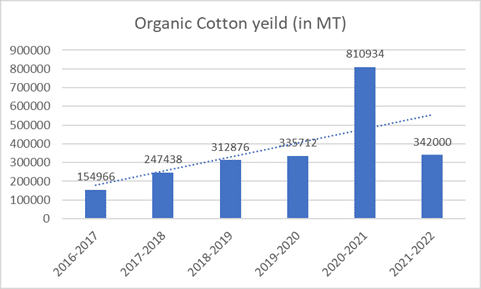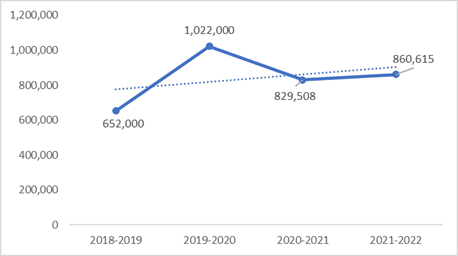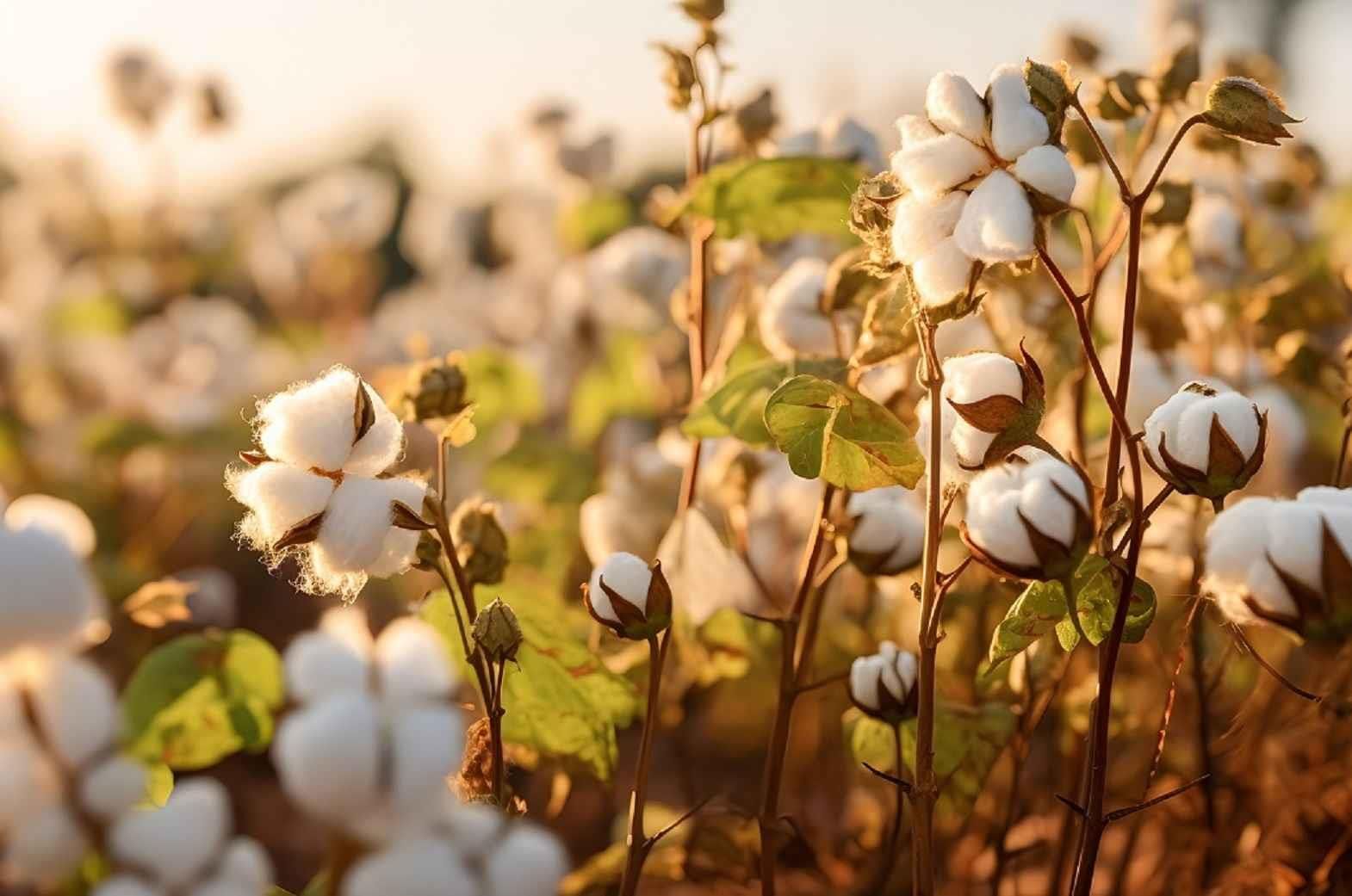The sustainability of the textile industry fundamentally hinges on the practices adopted at the very start of the value chain: agriculture. Traditional cotton production, a key component of this chain, has raised significant environmental concerns. The impact of conventional cotton production is not limited to carbon emissions; issues such as extensive water usage, soil erosion, and loss of soil fertility are prevalent, mainly due to the high use of pesticides and insecticides in cotton farming.
Organic cotton cultivation emerges as a crucial alternative in this scenario. Organic cotton farming is a process that aligns with nature, focusing on preserving and enhancing soil quality rather than depleting it. This method, while posing initial challenges such as the lack of readily available alternatives to conventional fertilisers and potentially lower yields during the transition period, offers long-term benefits. These include the preservation of soil fertility, reduction in production costs, and potentially higher market value due to the superior quality of the fibres and yarns produced.
A key aspect of organic cotton is its reduced environmental footprint. A life cycle assessment by Textile Exchange highlights that organic cotton farming significantly lowers CO2 emissions per 1000 kg of fibre produced, compared to conventional cotton. This approach not only contributes to mitigating climate change but also ensures the maintenance of soil health and fertility, reducing soil erosion and leaching, thereby sustaining the agricultural base essential for long-term textile production.
In India, the shift towards organic cotton cultivation is gaining momentum, supported by government initiatives and increased awareness among farmers and stakeholders in the textile industry. This transition represents a critical step in making the textile value chain more sustainable and environmentally friendly.
Figure 1: Global organic cotton production (in million tonnes)

Source: ICAC speciality cotton report, 2023
Being one of the largest cotton consumers, and also one of the largest cotton producers in the world, India has a policy focus on the production of the cotton, and there are some organisations which are actively working to make cotton cultivation more organic and sustainable in nature. The organisations that are more active in India include Better cotton initiative (BCI) and Solidaridad. These organisations also work for protection of labour rights and ensuring less usage of water, and less reliance on fertilisers for the cultivation of cotton.
Figure 2: Organic cotton yield in India (in million tonnes)

Source: Press Information Bureau, India
Figure 3: Cotton lint production of BCI variant in India (in tonnes)

Source: ICAC cotton speciality report, 2023
Organic cotton cultivation in India encompasses various aspects, from site selection and varietal choice to manuring, composting, and integrated pest management. These practices are crucial for enhancing the sustainability of cotton farming while also addressing environmental concerns.
-
Site Selection: It is important to choose fields with minimal soil erosion and low infestation of perennial weeds for organic cotton farming. This is because organic farming requires proactive management and maintenance of soil fertility.
-
Varietal Selection: Varieties suitable for chemical-based agriculture may not always be ideal for organic farming. Hardy varieties that can adapt to organic conditions, especially during the early phases of conversion, are preferred. Varieties resistant to pests like jassids and those that mature early are beneficial as they require less exhaustive cultivation and reduce vulnerability to pests.
-
Seed Rate and Sowing: While acid delinted seeds are not used in certified organic cultivation, fuzzy seeds can be used with a higher seed rate to achieve optimal plant stands. The inclusion of crops like fodder cowpea between cotton rows is a practice followed to improve soil fertility and control weeds.
-
Manuring and Composting: Organic cotton cultivation relies heavily on maintaining and enhancing soil fertility through organic matter. The use of farmyard manure (FYM), compost, vermicompost, in situ green manuring, and biofertilisers are key components. For instance, FYM is recommended to be added at 15 tonnes per hectare before tilling. Additionally, composting techniques such as vermicomposting and composting of cotton stalks with fungi like Trichoderma viride play a significant role in recycling farm waste and improving soil health.
-
Weed Management: Effective weed management in organic cotton cultivation involves practices like mechanical and manual weeding, ensuring fully decomposed FYM and compost to prevent weed seed germination, and using cover crops like cowpea for suppressing weed growth.
-
Crop Rotations and IPM Strategies: Crop rotations, especially those including legumes, are crucial for restoring soil fertility. Integrated Pest Management (IPM) in organic cotton involves bioagents, predators, parasitoids, and pathogens to control pests without harming the environment.
The Indian government, through its Paramparagat Krishi Vikas Yojana (PKVY), encourages the cultivation of organic cotton, and the Department of Agriculture and Farmers Welfare implements cotton development programmes under the National Food Security Mission (NFSM) in major cotton-growing states. This is complemented by research from institutions like the ICAR-Central Institute for Cotton Research (CICR), which focuses on developing and refining technology for organic cotton production.
These comprehensive practices contribute significantly to the sustainable and eco-friendly cultivation of organic cotton in India, which saw a notable increase in production to 810,934 metric tonnes in 2020-21.











Comments